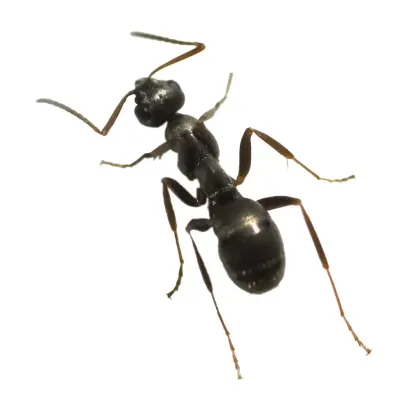About Pavement Ants

Appearance: Dark brown to black; segmented and oval; 1/8th of an inch in length; 12-segmented antennae end in a 3-segmented club
Region: Nationwide
Diet: Pavement ants will eat a variety of food, depending on what they can find and where. They prefer greasy food but will also forage on seeds, insects, bread, honeydew, and other food that is commonly consumed by humans.
Habitat: Pavement ants are commonly found in urban and suburban areas. Their name is due to being primarily found on sidewalks, cracks in driveways, and other concrete structures like office buildings. They tend to nest along curbs and sidewalks underneath objects like stone or rocks.
Threats: While a nuisance, pavement ants are docile and non-aggressive towards humans despite their ability to sting, but not bite.
Control: Individual pavement ant colonies can often be controlled using ant baits, but perimeter inspection and treatment are usually necessary for long-term pavement ant control. Their colonies are controlled by direct treatment of nests in the soil.
